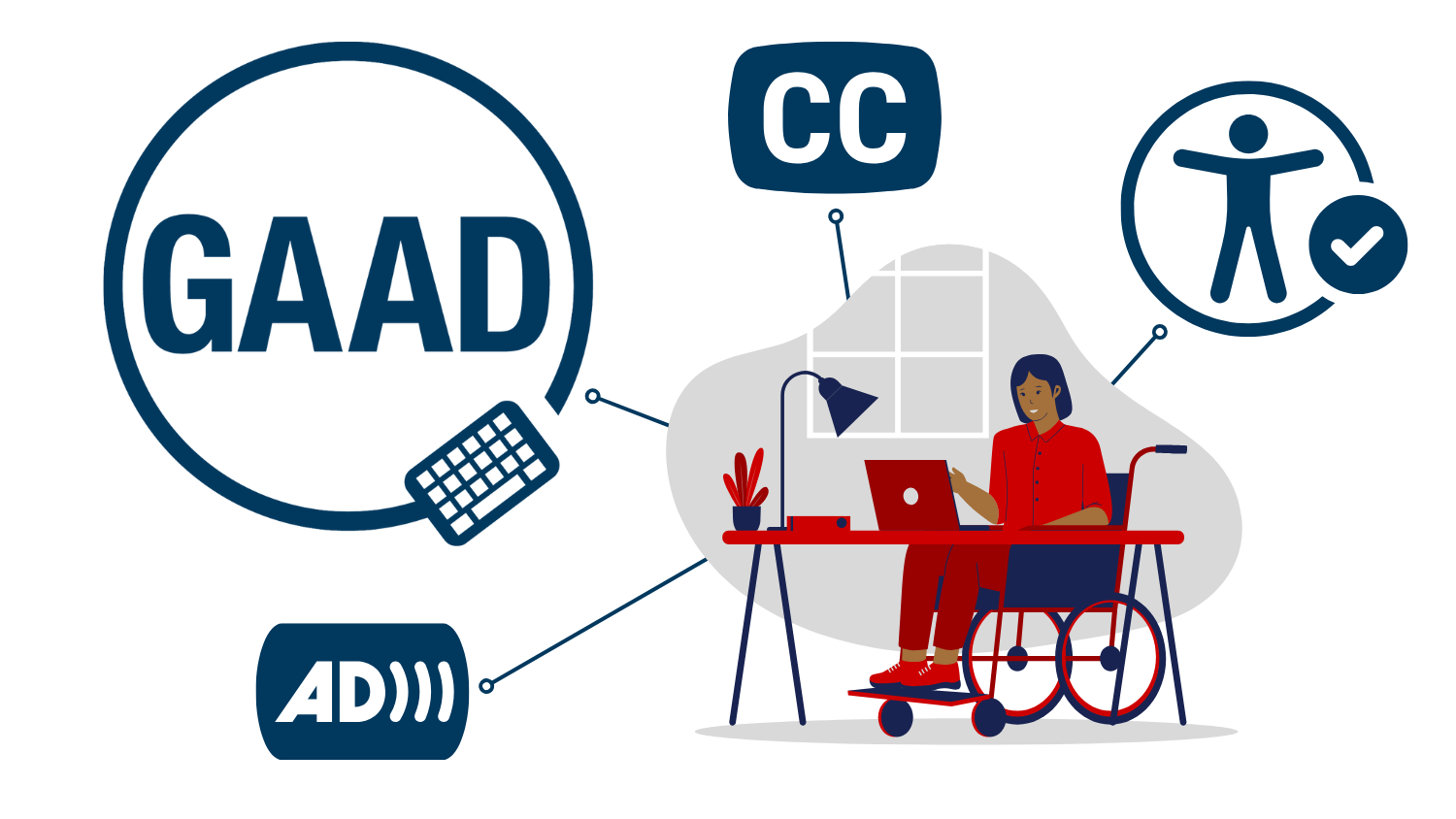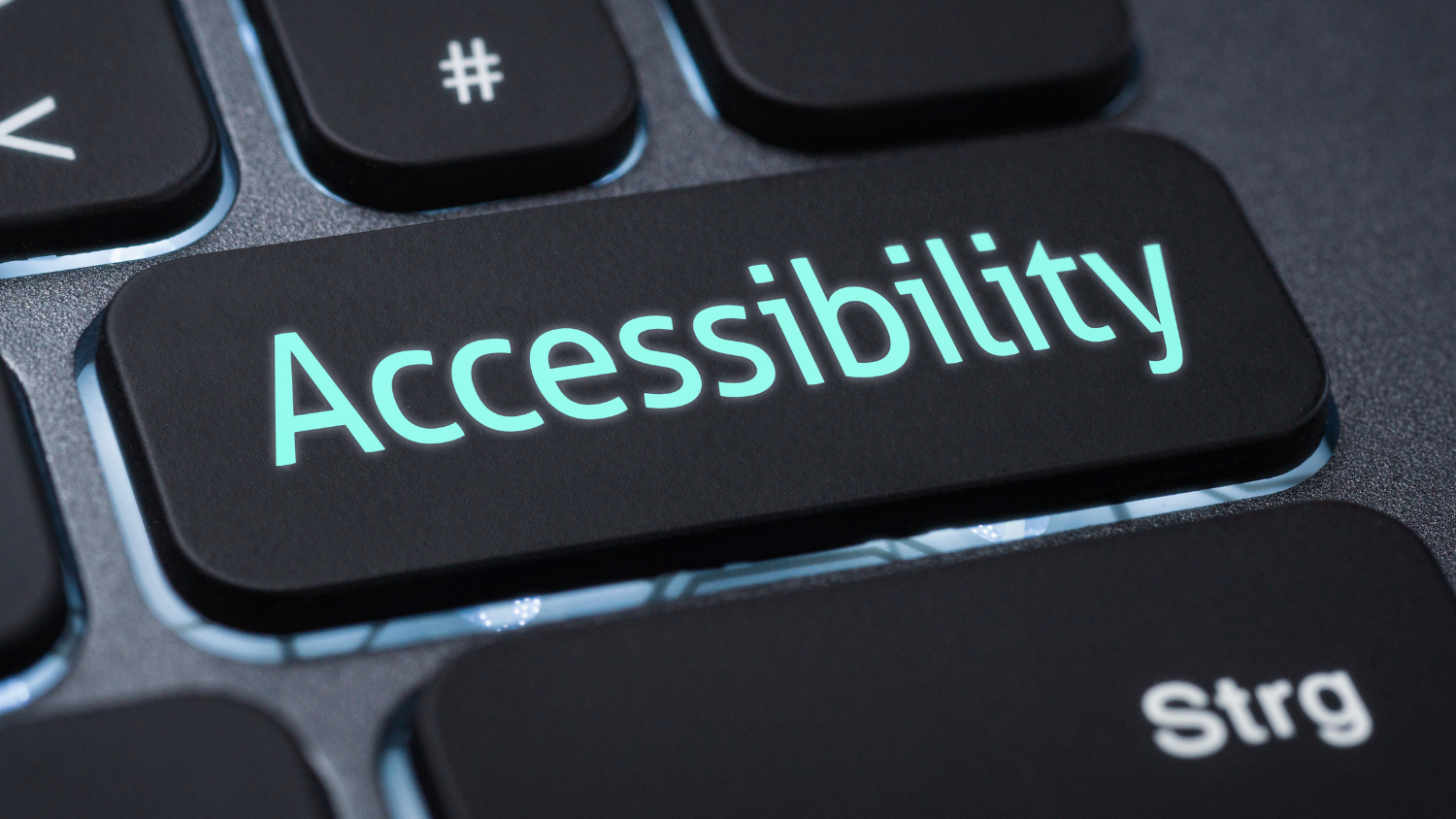In today’s digital landscape, multimedia is vital to how we communicate, educate and engage. But if your multimedia — including videos, podcasts, presentations and animations — isn’t accessible, you’re unintentionally leaving part of your audience behind.
It also means the content doesn’t align with the new digital accessibility requirements set by Title II of the Americans with Disabilities Act.
What Does “Accessible Multimedia” Mean?
Having accessible multimedia ensures that everyone can access and understand your content. This includes individuals who are deaf or hard of hearing, are blind or have low vision, or have cognitive or mobility impairments.
Key Features of Accessible Multimedia
- Captions
Videos should include accurate, synchronized captions for spoken content and relevant sounds. The programs you use to create video and audio content should incorporate automatic captions as well as a way to edit those captions to ensure the captions 100% represent what was spoken. - Transcripts
Audio-only content, like podcasts, should be accompanied by a text transcript that identifies what was spoken and who spoke it. It should also have accurate punctuation and capitalization. - Audio Descriptions
Videos with crucial visual information should include audio descriptions that narrate what is happening on screen. Integrating verbal description into your narration is the easiest way to create an audio description. - Keyboard Navigation
Multimedia players should be fully navigable using a keyboard.
Some accessible options are Panopto, YouTube, Vimeo, and Canva. - Screen Reader Compatibility
All interactive elements, such as buttons or sliders, should be appropriately labeled so that they can be read aloud by screen readers.
Check Your Content
Before publishing your multimedia, ask yourself:
- Can someone read this if they can’t hear it?
- Can someone understand this if they can’t see it?
- Can someone control this without using a mouse?
The following resources can help you answer these questions:
- Panopto is NC State’s enterprise-level video management system. The tool’s accessibility features provide information on audio description, captioning and player accessibility. This guide on how to edit captions will help you ensure that your content is 100% accurately captioned.
- The university’s Captioning Convenience Contract can provide you with resources to pay for accurate video captioning or podcast transcripts to save you time.
- The W3C Web Accessibility Initiative provides valuable information on making multimedia accessible.
- PopeTech is also a great resource for multimedia accessibility tips.
If you have questions about creating accessible multimedia, contact Rebecca Sitton, university digital accessibility coordinator, at accessibility@ncsu.edu.
- Categories:



